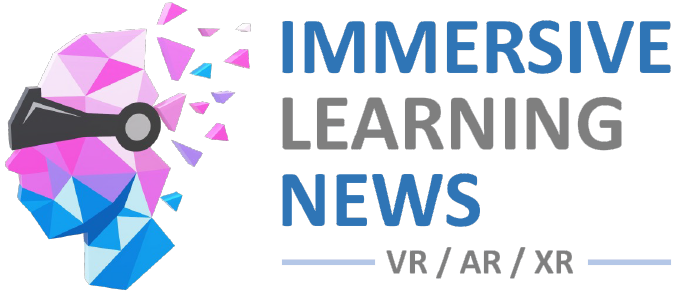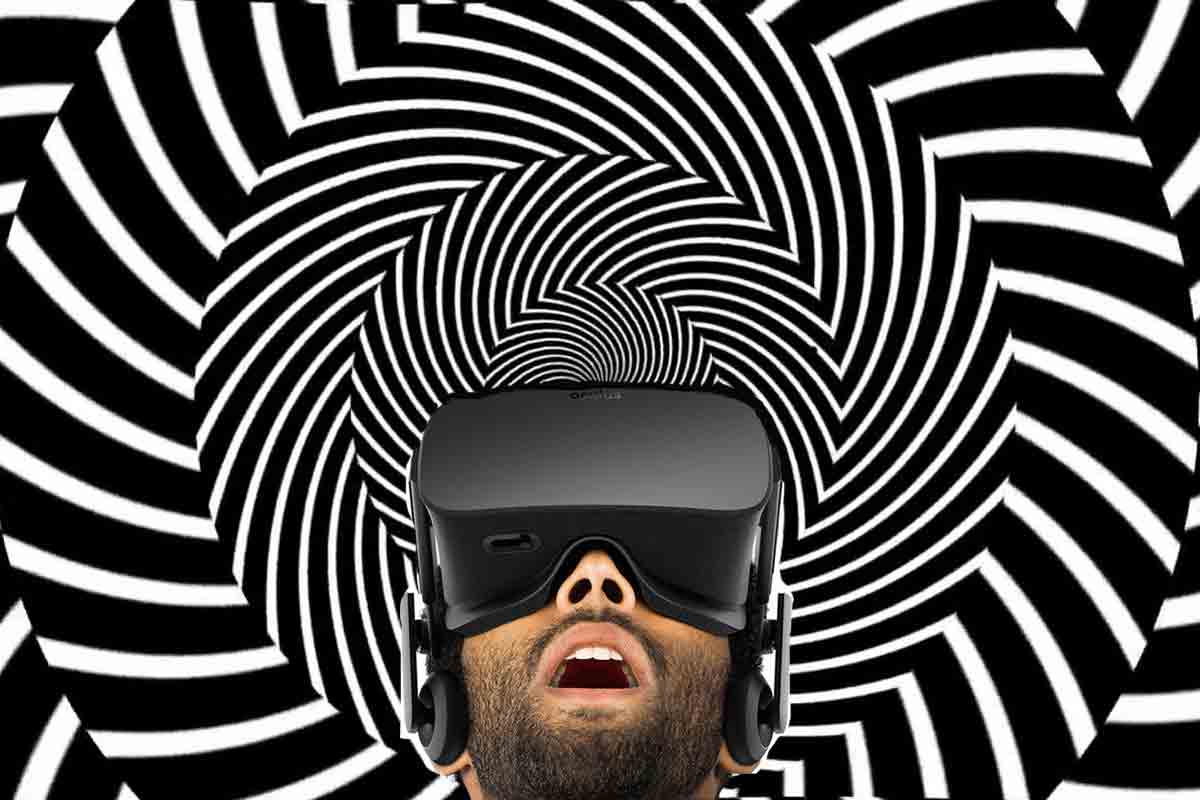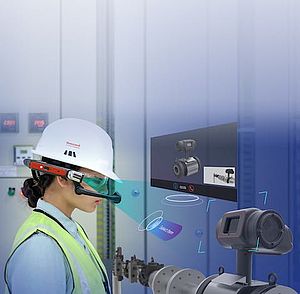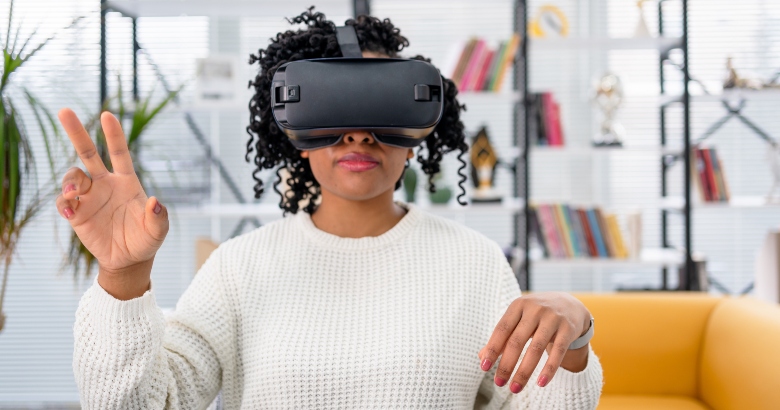Wissenschaftler wollen Indikator für VR-Übelkeit gefunden haben
Warum wird manchen VR-Brillenträgern beim kleinsten Anflug künstlicher Fortbewegung übel, während andere selbst die härtesten virtuellen Drehungen vergnügt wegstecken? Eine neue Studie zeigt, dass es mit der individuellen Balancefähigkeit zu tun haben könnte.
…
Laut den Wissenschaftlern funktioniert das Vorhersageverfahren: Es bestehe ein Zusammenhang zwischen VR-Übelkeit und wie ein Mensch über Blicke die Balance hält. Die aktuelle Genauigkeit der Vorhersage liegt bei 37 Prozent, was laut der Forscher in etwa auf Augenhöhe mit Echtzeit-Prognosen ist beispielsweise anhand der Herzfrequenz.
Mit einem verfeinerten Vorhersagealgorithmus sei es möglich, die Toleranz für VR-Übelkeit vorab zu erkennen und die VR-Erfahrung entsprechend anzupassen.
…
Quelle:
https://vrodo.de/wissenschaftler-wollen-verlaesslichen-indikator-fuer-vr-uebelkeit-gefunden-haben/
Abstract
The user base of the virtual reality (VR) medium is growing, and many of these users will experience cybersickness. Accounting for the vast inter-individual variability in cybersickness forms a pivotal step in solving the issue. Most studies of cybersickness focus on a single factor (e.g., balance, sex, vection), while other contributors are overlooked. Here, we characterize the complex relationship between cybersickness and several measures of sensorimotor processing. In a single session, we conducted a battery of tests of balance control, vection responses, and vestibular sensitivity to self-motion. Following this, we measured cybersickness after VR exposure. We constructed a principal components regression model using the measures of sensorimotor processing. The model significantly predicted 37% of the variability in cybersickness measures, with 16% of this variance being accounted for by a principal component that represented balance control measures. The strongest predictor was participants‘ sway path length during vection, which was inversely related to cybersickness (r(28) = -.53, p = .002) and uniquely accounted for 7.5% of the variance in cybersickness scores across participants. Vection strength reports and measures of vestibular sensitivity were not significant predictors of cybersickness. We discuss the possible role of sensory reweighting in cybersickness that is suggested by these results, and we identify other factors that may account for the remaining variance in cybersickness. The results reiterate that the relationship between balance control and cybersickness is anything but straightforward.
Quelle:
https://www.physiology.org/doi/abs/10.1152/jn.00477.2018




